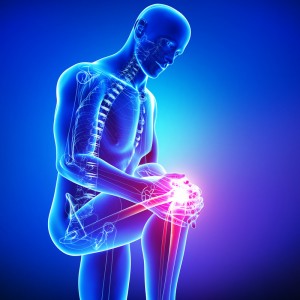Knee Surgery Los Angeles & Beverly Hills, CA – Dr Raj Knee Specialist
Knee pain could arise from a sports injury, a traumatic incident, or degenerative arthritis. Dr. Raj is a knee surgeon in Los Angeles & Beverly Hills, CA who works closely with you to understand your unique circumstances and personal goals. During this free consultation we will determine if you are a candidate for our non-surgical joint or knee pain in Los Angeles & Beverly Hills CA.
Non-surgical treatments for knee pain in Los Angeles & Beverly Hills CA at Dr Raj’s Clinic are generally first treatment options. When that fails, knee surgery is often recommended for several knee conditions, which may include a cartilage restoration procedure such as OATS, microfracture, or osteocartilaginous allograft.

At the Beverly Hills Orthopedic Institute, the orthopedic team performs the following procedures:
Lateral Release
With the lateral release arthroscopic procedure, the LA orthopedic surgeon loosens the ligament that become dislocated or moved. The kneecap is located in a groove of cartilage near the end of the thighbone. If the kneecap is dislocated or moved to the outer side of the cartridge groove, it can cause severe pain with bending. The lateral release surgery corrects this problem.
Plica Excision
The plica is a small piece of knee tissue that is more prominent in some people than others. When plica tissue becomes irritated, it leads to significant pain and discomfort, a condition called plica syndrome. An arthroscopic plica excision is done to remove this tissue, restore knee function, and eliminate pain.
ACL Reconstruction
The anterior cruciate ligament (ACL) is one of the four knee ligaments. The ACL is crucial to the knees stability, and when injured, it can lead to significant pain and loss of knee strength. With ACL reconstruction, a patient who sustains a tear to this ligament receives surgical repair to stabilize the knee.
Meniscus Transplantation
Meniscus transplantation requires placing the meniscus from a donor patient into a patient who has had the meniscus removed. The need for a meniscus transplant usually does not occur until the patient starts to develop pain that is not relieved with medication.
Knee Replacement
People who have knee pain caused by specific types of arthritis are the ideal candidates for partial knee replacement. What happens is the cartilage is limited to a tiny amount of loss in a small part of the knee joint.
If the arthritis affects more than a small portion of the knee, then a total knee replacement will be necessary to fix the problem. Knee replacement surgery allows the patient to regain mobility and enjoy an active lifestyle.
Meniscus Repair
A torn meniscus causes pain, swelling, and loss of mobility of the knee. When fragments of the meniscus get caught in the knee joint, they can lead to a catching sensation or “locked” knee. Arthroscopic meniscus repair is an outpatient procedure to repair torn knee cartilage. By a variety of minimally invasive techniques, the surgeon can easily repair a torn meniscus.
Meniscectomy
With the meniscectomy procedure, the knee surgeons removes part of the meniscus cartilage from a portion of the knee joint. The meniscus is a shock-absorbing wedge of fibrous tissue that sits between the bone ends to give the knee joint support and cushion. Small tears can be trimmed during this surgery, or complete removal may be warranted.
Cartilage Restoration Procedures
One of the hottest trends in orthopedic surgery is restoring a patient’s damaged cartilage. This may have occurred due to a trauma such as a car accident or sports injury. These procedures may include an OATS procedure, microfracture or an osteocartilaginous allograft. These surgeries often allow patients to achieve substantial pain relief along with frequently avoiding joint replacement procedures.

